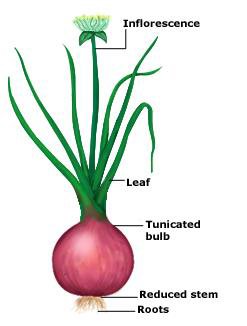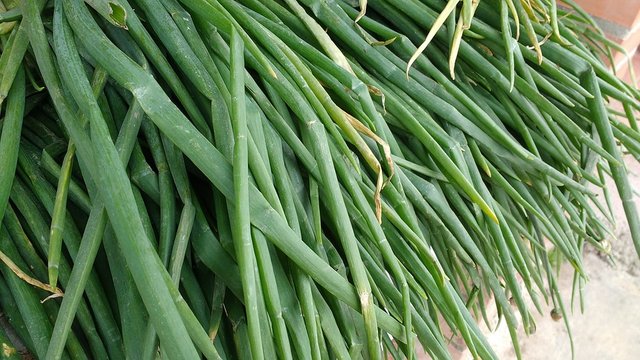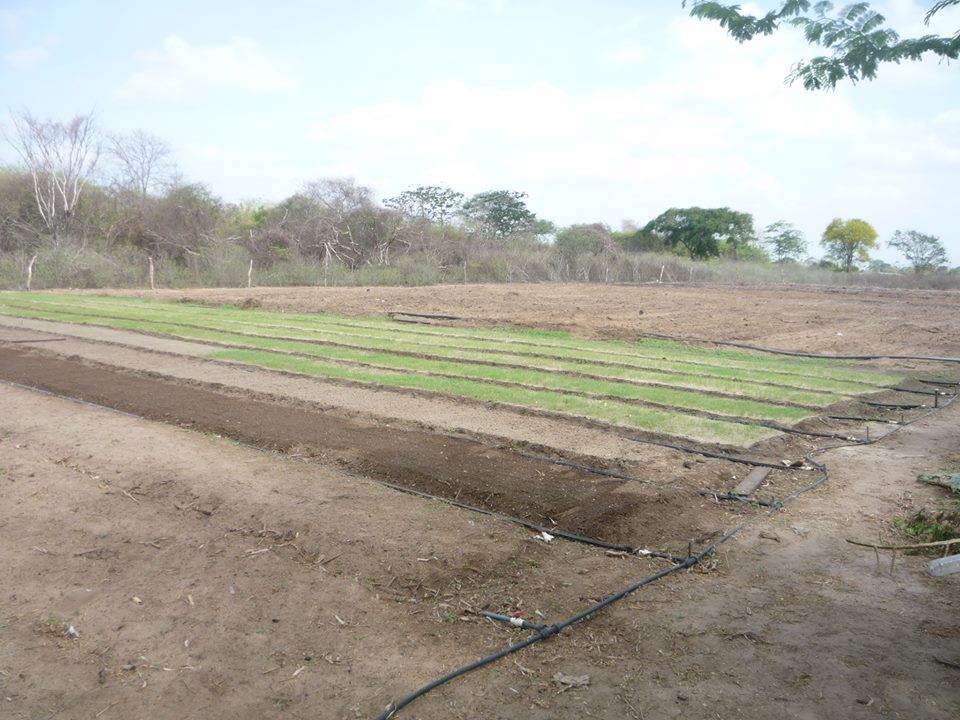Learn to grow onions: how to produce onion seedlings? (Part 1)
Hello Steemian friends, today I bring you a topic related to the cultivation of onion, (Alliuum cepa); This has been one of my favorite crops, I have always liked to sow the onion in January, but due to the shortage and high costs of seeds and fertilizers in Venezuela, I could not start growing onions for that date, but thanks to God, I have already been able to buy a large part of the inputs, including seeds and fertilizers, that is, I am ready to start the new onion plantation on my farm.

For this next Monday, August 5, I will begin with the preparation of the land and the seedbeds; I promise you that I will try to make several videos and photos to keep you informed about the different steps that are carried out in this crop. Now with respect to this publication, today I want to share with you my experiences based on my crops, here I will explain in a simple way all the steps that we must follow to have a good onion production; but since this crop requires many steps, I decided to make two publications, starting with a first part where I will teach them to produce the seedlings that will be taken to the field through the seedbeds, then I will make a second publication to explain the rest of the process until harvest.
Onion cultivation: (Allium cepa)
Onion is one of the oldest plants next to garlic, which due to its healing power has been called sacred plants; As for the origin of the onion, many texts indicate that its origin is in Central Asia.
Morphological characteristics of onion:
The onion has a root system formed by numerous ridiculous, whitish and shallow fasciculates that emerge from a stem such as a disc or caulinar disc.

Source
The onion stalk:
This is the one that supports the inflorescence, it is straight, hollow, with ventral inflation in its lower half.
Onion leaves: The leaves are sheathing, elongated, fistulous and pointed in their free part.

Source
Onion bulb: It is formed by cells that have a relatively large size and have elongated or oval shapes. These cells are linked by a substance called pectin (which is produced by the cell wall), whose function is to provide a firm structure and protection to the bulb.
There are different types of onion, so we must choose a type of onion that adapts very well to the weather and the hours of sunshine where we plan to establish the crop; There are onions for short days, intermediate days and long days, which will significantly influence the development of the plant and, of course, the formation of the bulb, which is the most important part that we will consume or sell in the market.
Once we select the type of seeds, we proceed first to make the almacigos or seedlings, this work is important to previously obtain the seedlings, this is the most used method in this crop, although there are farmers who prefer other methods such as direct sowing or through bulbs, but the best method is to produce the seedlings and then take them to the field and sow them, what is known as the "transplant".
Onion seedling production
Onion seedlings are produced in spaces called almacigo or seedbeds. Next I explain how these seedbeds.

Step 1
The preparation of a seedbed consists of preparing raised beds at a height of 20 cm and 1 meter wide, where we will deposit the seeds for germination, the length of the beds will depend on the amount of plants required. Before making these beds, it is necessary to prepare the land beforehand, which consists of plowing the land by hand or with the use of agricultural machinery, the land must be loose and free of lumps.
Step 2
Once the beds are formed, we must level the surface with a ruler of wood or metal, and then water until wet and then place the seeds.
Step 3
The next step is the manual distribution of the seeds, a method that consists of slowly throwing the seeds by hand on the surface, ensuring that the seeds do not stick together, this is important so that the plants do not compete with each other for light, if the seeds are together, we will have plants that will grow with elongated and thin stems, so I insist that we must ensure that the seeds are separated. Another important detail is that at the time of throwing the seeds this is done from a height not greater than 30 cm to control its distribution. The preparation of the seedbed requires a lot of patience, but you have to have it, because the quality of the seedlings will depend on the success of our crop.
Stage 4
Once the seeds are distributed, the next step is to cover the seeds with a mixture of sifted sand and compost, this layer of soil should not be larger than 1.5 cm. Once the seeds have been covered, we must carefully water them with a fine shower. Do not use jet hoses because they discover the seeds.
Seedlings risks
Immediately after preparing the seedlings, the next day, they must continue with the morning and afternoon watering, when it comes to small quantities, they can be watered with showers, but when it comes to seedlings too long, it is necessary to implement special methods, I recommend the Perforated hose systems like the one shown in the photo, where the water is driven by a centrifugal pump, the water will fall into the seedbeds in the form of rain.
Seedling fertilization
Germination begins 4 to 5 days, then, after 10 days, apply a foliar fertilizer with a high content of (p) phosphorus + fungicides, to the root, after 25 days, apply granulated fertilizer of the formula NPK 12- 24-12 and continue the weekly fertilization with foliar fertilizers with full NPK formula and copper-based funicide, and wait 45 days until the seedlings reach a height between 10 and 12 centimeters, and a false stem diameter of 6 millimeters , that is the ideal time for your transplant. It is also vitally important to keep nurseries free of weeds, because weeds affect the development of onion seedlings, if we let weeds invade the seedlings we will produce weak, stunted and dwarf seedlings.
"Before the seedlings arrive in time to the seedbed and are ready to be taken to the field, it is advisable to prepare the soil in advance to prevent the seedlings from growing too much and being delayed by changing the environment. In addition to this, We must also choose in advance the type of irrigation that we are going to use, because there are different methods of irrigation, by sprinkling, dripping and gravity, the latter is the one that I use, since it is the most economical method, but any of the methods works well, the important thing is that they are installed in the field at the time of transplant"
Images of fork type gravity irrigation system:

Preparing the soil to transplant the onion
While we wait for the seedlings to develop in the nursery, we must prepare the soil, including the furrows for irrigation. The preparation of the land is done with an agricultural tractor with the harrow equipment, this work is important, because the cultivation of the onion requires that the soil be loose and without lumps, which means that we must make several passes to the land.
Friends, I await you for the next publication where we will continue talking about onion cultivation, including the process of transplantation, land preparation, construction of gravity irrigation slots, fertilization, collection and drying plan.
Thanks for sharing this post with us today. Onions healing power has been called sacred plants; As for the origin of the onion, many texts indicate that its origin is in Central Asia.
Resteem
Congratulations @oscarcede! You have completed the following achievement on the Steem blockchain and have been rewarded with new badge(s) :
You can view your badges on your Steem Board and compare to others on the Steem Ranking
If you no longer want to receive notifications, reply to this comment with the word
STOPDo not miss the last post from @steemitboard:
Vote for @Steemitboard as a witness to get one more award and increased upvotes!